Recessed lighting in a minimal footprint
Recessed lighting enters a new dimension with miniaturized LED downlighting, spotlighting and wall washing luminaires. To facilitate the narrative, we call these luminaires as downlights in this guide. A miniaturized LED downlight combines an extremely minimal design with excellence in optical and thermal engineering to meet the needs of architects and lighting designers who crave to deliver comfortable and effective light without revealing its source. Recessed lighting is designed to provide inconspicuous light that appears to shine from an opening in the ceiling. It is deliberately toned down in luminaire appearance to favor the lighting effect. Traditional luminaires, which are often called can lights or high hat lights, require the use of a bulky housing to accommodate deep-set optics as well as a large aperture to distribute light. This complicates luminaire installation and compromises ceiling aesthetics.
An icon of innovation
Miniaturized LED downlights are small aperture and slim profile luminaires that transform light into an element of the fusion with architecture. The miniaturization in size allows perfect architectural integration anticipated by lighting designers and architects looking for a degree of differentiation. Every component and every detail are part of a sophisticated, precision engineered mechanism that makes it possible for lighting to blend into architecture like never before and inspire new forms of architectural expression. These luminaires fit in very tight, shallow plenum spaces without compromising glare control and visual comfort of lighting. Cutting through ceilings and disappearing into grooves just 1-inch wide to show off the wonder of light, miniaturized LED downlights revolutionizes the concept of recessed lighting. For retail, office, museum, gallery and high-end residential lighting and other applications where lighting is deemed of high quality and contributes to user interpretation of the space, miniaturized LED downlights deliver stunning results that are quite distinct from standard recessed fixtures.
Redefine layered lighting
Miniaturized LED downlights provide the ultimate in usability and flexibility to redefine complete, integrated lighting concepts. With scalable luminaire lengths and a diversity of optical control systems, downlighting, spotlighting and wall washing are offered in a flexible modular selection. In offices, commercial showrooms, shopping centers, art museums and upscale restaurants, it can be challenging to create a flexible lighting plan that accommodates different types of spaces coexisting under one roof while contributing to a cohesive interior design. Typically, these spaces require multiple layers of light to create a fully usable, adaptive space. Miniaturized LED downlights can blend into architecture and provide all the layers of light required in a design, whether it’s ambient lighting that makes navigating a space visually comfortable, task lighting that provides ample, focused light for accomplishing tasks or accent lighting that creates contrast, enhances prominence and reinforces design aesthetics.
Design challenges
The luminous wonder of small yet powerful recessed lighting systems is impossible without fully capitalizing on characteristics unique to LEDs. LEDs are high lumen density devices, which implies that bare LEDs are glare sources. Exposure to these high luminance sources has significant correlations to eye focusing problems, impaired visual capabilities, and tired eyes. On the other hand, concentrated emission of LEDs raises challenges in uniform distribution of light toward the target area. To mitigate glare and optimize light distribution, LED luminaires extensively consume a substantial volume of space to accommodate a bulky optical control system or a light engine that incorporate a matrix of LEDs. A miniaturized LED downlight, as its name suggests, uses a miniaturized optical system to regulate luminous flux from the light source. LEDs by their very nature afford an opportunity of extracting light directly from the source. However, effective delivery and distribution of light through a miniature system calls for tremendous expertise in optical design and engineering.
The optical system
The miniaturized optical system produces a rotationally symmetrical, axially symmetrical or asymmetrical light distribution through the use of a reflector, lens, or a combination of them. Lenses, which are typically made from polycarbonate (PC) or polymethylmethacrylate (PMMA), offer unique advantages for manipulating light. A compound lens such as a total internal reflection (TIR) lens makes use of multiple elements that allows for more optical aberrations to be corrected for highly efficient and precisely controlled optical distributions. TIR optics can be designed to produce smooth circular beams with the full width half maximum (FWHM) angular widths between 12 and 60 degrees. The use of freeform lenses enables light distributions beyond the reach of standard symmetric optics. On a first thought, reflectors are simpler to implement than lenses. However, a reflector with a high flux capture effectiveness and an excellent beam controllability requires sophisticated facet design. Miniaturized LED downlights commonly use reflectors which are designed with an array of small surfaces (facets) with different angles of rotation to create homogenous output without striations, hot spots or color break up.
Beam control
Miniaturized LED downlights are available in a full spectrum of light distributions that range from spot, flood, and wide flood to wall washer. They can effortlessly fulfil the job of creating a concentrated beam of light with high center beam candlepower (CBCP) for high contrast accent lighting, a generous, homogeneous spread of light for general lighting, or a focused, localized pool of light with excellent uniformity for task lighting. The miniaturized optic also maintains deep source regression for silent ceilings and outstanding visual comfort with an excellent unified glare rating (UGR). Wall wash lighting can take particular advantage of the linear fixture design of miniaturized LED systems to create a consistent light distribution that allows uniform illumination of vertical surfaces without light scallops. The wall wash distribution is achieved through a combination of a reflector, a ribbed diffuser screen, and a diffusing lens. The accent and wall wash lights come in fixed and adjustable trim options. Adjustable luminaires have a tilt mechanism that facilitates precise aiming of light.
Thermal management
Available in linear, square and round modular configurations, a miniaturized LED downlight is typically built with die cast aluminum housing that incorporates a heat sink. The system’s ability to draw heat away from the LED junction in an efficient way is critical to the performance and useful life of LEDs. High operating temperatures at the LED junction can accelerate lumen depreciation and cause a shift in color coordinates and color temperature, resulting in shortened useful life. To facilitate heat transfer, the length of the thermal path should be reduced to a minimum and the effective surface area of the thermal path should be adequately dimensioned. iGuzzini’s Laser Blade luminaires use a heat sink with wavy fins that provides up to 10% more heat sink surface than a simple linear pattern. The LED module, which is an assembly of a high power LED package on a metal core printed circuit board (MCPCB), is attached directly to the heat sink to give a short thermal path. A thermal interfacial material (TIM) is often placed between the PCB and heat sink to minimize the interfacial contact resistance.
Color quality
Miniaturized LED luminaires thrive on the robustness of high power LEDs which deliver an impressive amount of light in a small package. The use of ceramic substrates as well as an excellent epitaxial structure and chip architecture allows high power LEDs to deliver a lumen density that enables LED designs with performance and form factors previously impossible. The LEDs are available in a full range of correlated color temperature (CCT) options ranging typically from 2700K to 5000K. Depending on whether the proportion of long wavelength or short wavelength light is predominant in the light spectrum, the ambience is perceived as either warm or cool.
The warmth or coolness of ambiance has visual, biological and emotional effects on humans. To achieve a positive impact on the well-being of humans as well as on their mood and productivity, tunable white lighting can be implement in miniaturized LED luminaires, allowing continuous variation of intensity and color from warm white to cool white.
Color consistency from fixture to fixture and color angular uniformity within the beam of light are a critical detail in downlighting, spotlighting and wall washing applications. The light source must be binned to keep color variations under tight control. Color rendering has critical functional significance as well.
Miniaturized LED luminaires typically incorporate light sources with a color rendering index (CRI) greater than 90. With an adequate amount of energy (or power) emitted at each wavelength across the visible spectrum, the colors of illuminated objects can be faithfully reproduced and appear more pleasant.
LED driver
Miniaturized LED downlights are powered by an external LED driver that typically uses a two-stage power converter for high performance load regulation. The constant current LED driver must provide control of the drive current to ensure the LEDs operate to specification under wide temperature and electrical ranges. It may also interpret control signals to dim the LEDs. Dimmable LED drivers commonly incorporate constant-current reduction (CCR) circuitry that may be controlled through various protocols such as 0-10V and DALI.

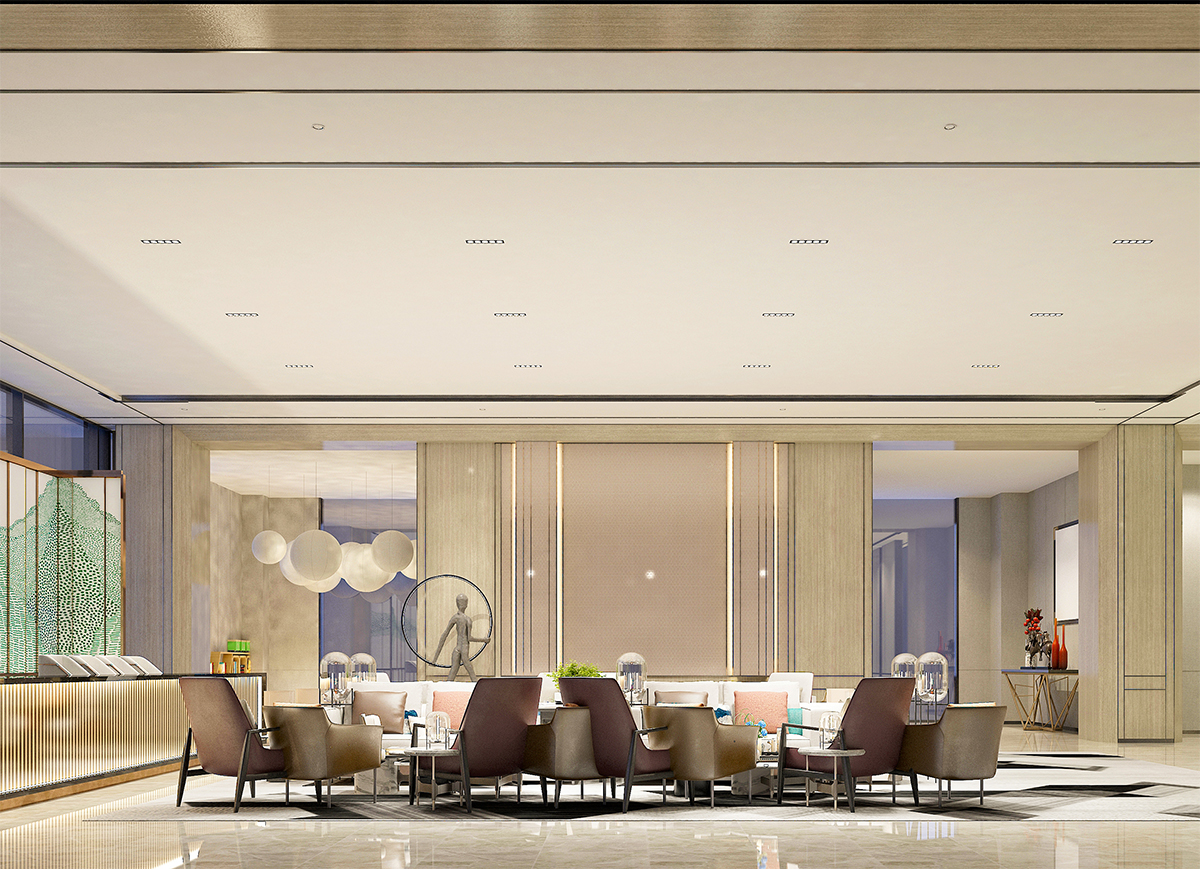
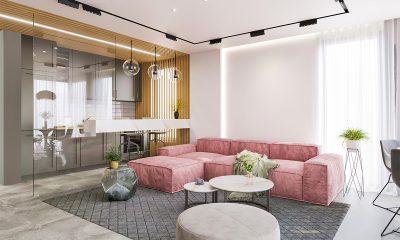

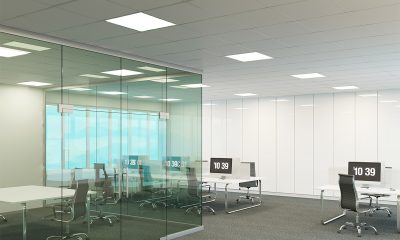
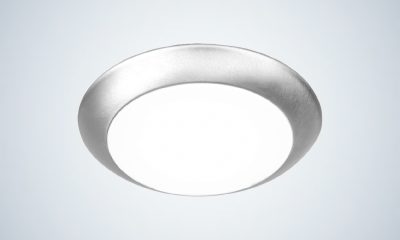
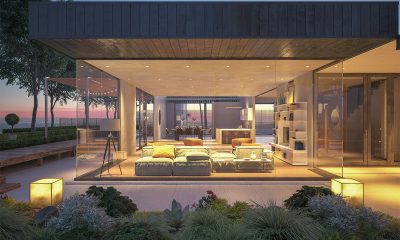
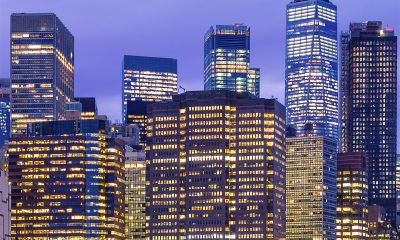
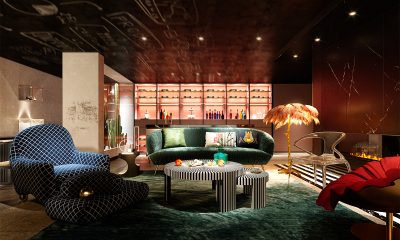


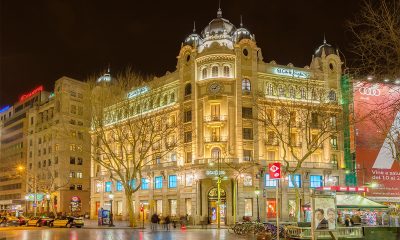
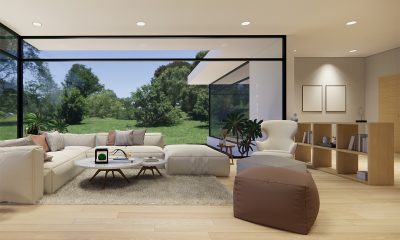
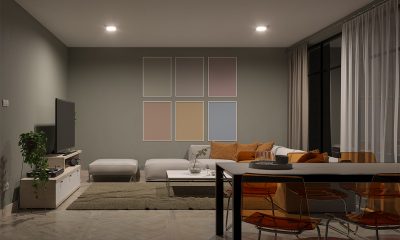





Loading...